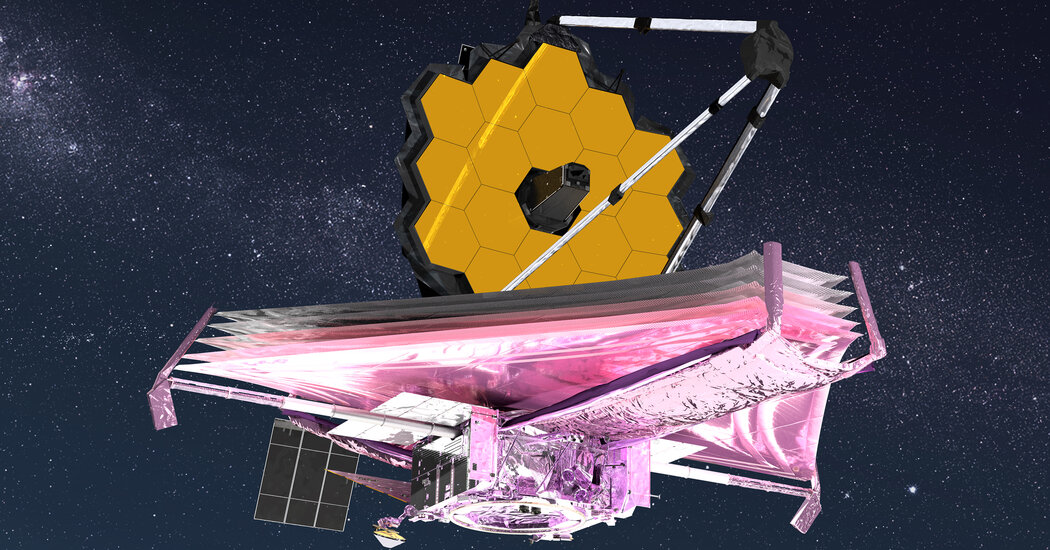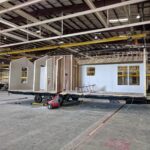
Deploying the telescope to the L2 neighborhood also helps keep the temperatures low while providing enough sunlight for the Webb’s solar panels, which generate electricity. But the telescope isn’t parked at precisely L2 — it will revolve around the point’s center once every 180 days in an orbital ring some 500,000 miles wide to expose its solar arrays to sunlight.
“If we were perfectly there, we would be blocked by the Earth, such that we wouldn’t get our electricity,” said Scott Willoughby, the telescope’s program manager at Northrop Grumman, the primary contractor for the observatory. “So we do this halo orbit.”
Stationing the spacecraft at this distance from Earth will also help conserve its limited fuel supplies.
“If you try to stay closer, you’ve got to expend fuel to stay there,” Mr. Willoughby said. But less fuel is needed to station the Webb at L2, he said, “meaning the mission life for this vehicle will be the longest.” This month, one mission official suggested that the spacecraft could remain operational for up to 20 years.
“The last 30 days, we call that 30 days on the edge, and we’re just so proud to be through that,” said Keith Parrish, NASA’s commissioning manager for the telescope, in a news conference on Monday. “But on the other hand, we were just setting the table.”
With the telescope’s instruments deployed and its arrival at L2 complete, months of smaller steps lie ahead before those of us on Earth can begin to see the spacecraft’s vivid views of the cosmos. For the next three months, engineers will watch as algorithms help fine-tune the position of the Webb’s mirror segments, correcting any misalignments — as accurately as one-10,000th of a hair — to allow the 18 hexagonal pieces in its array to function as a single mirror.
Engineers must then calibrate the Webb’s scientific instruments, test its ability to lock onto known objects and track moving targets before astronomers can use the telescope for science operations beginning this summer. Amber Straughn, a deputy project scientist for the telescope, said during a NASA online broadcast on Monday that the first year of observations using the Webb have already been scheduled.
“The best is yet to come,” Mr. Parrish said.






